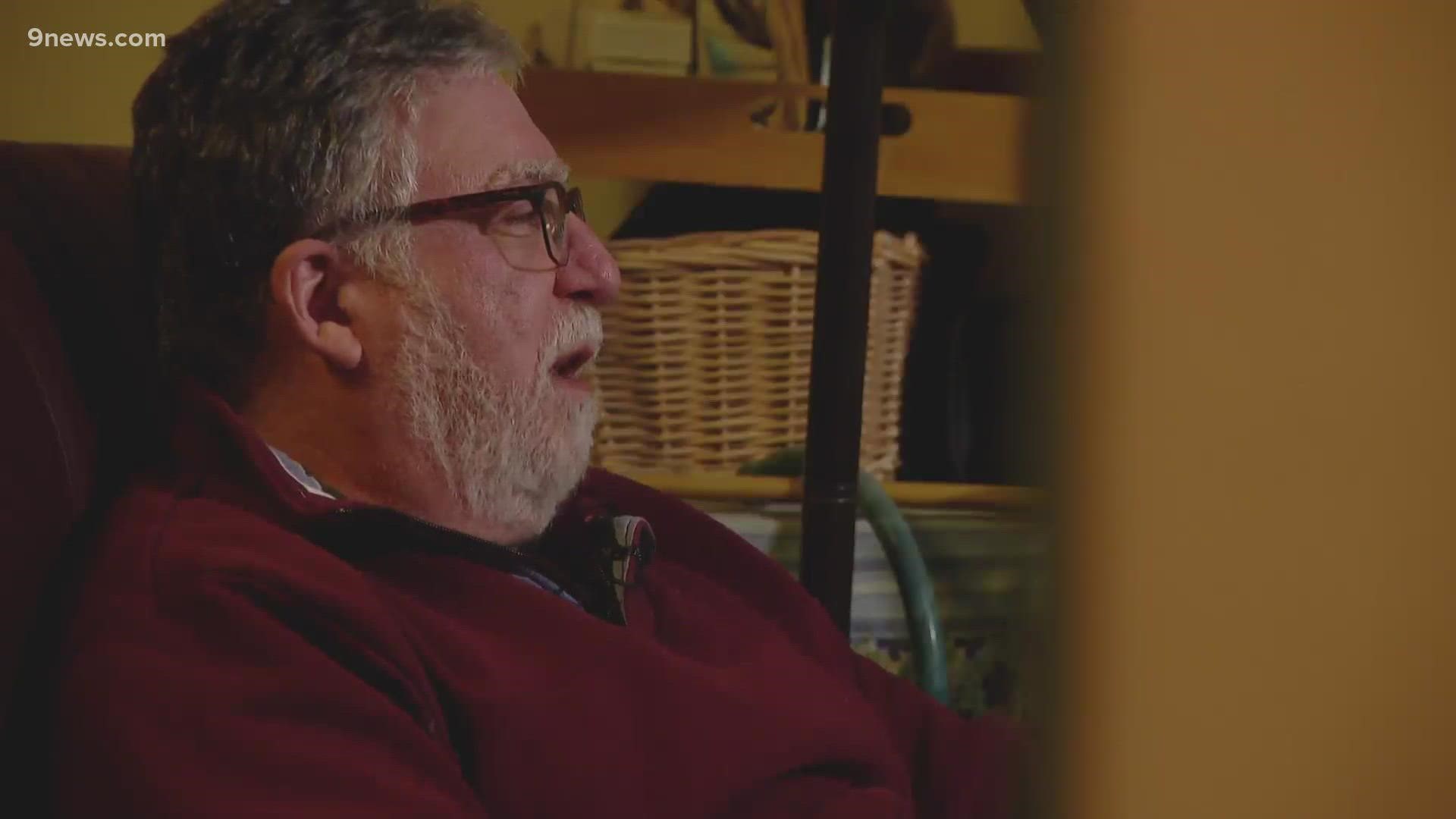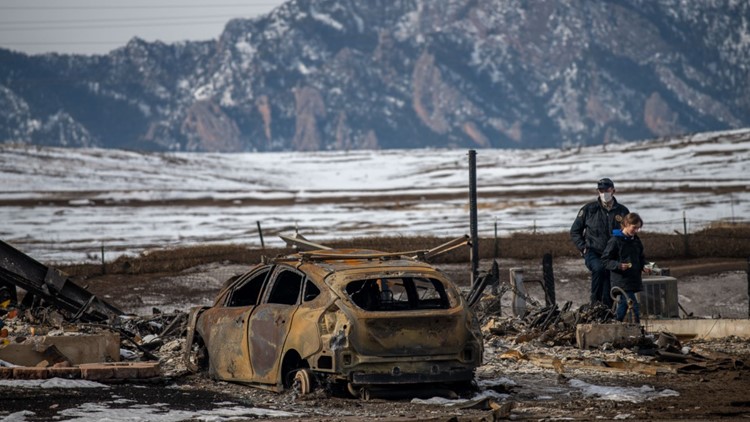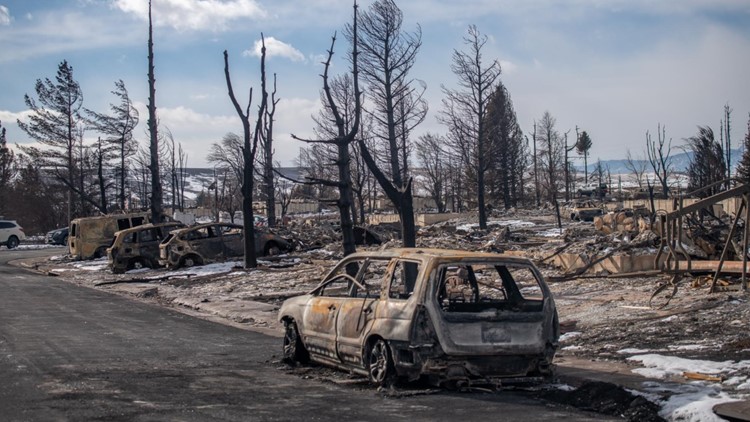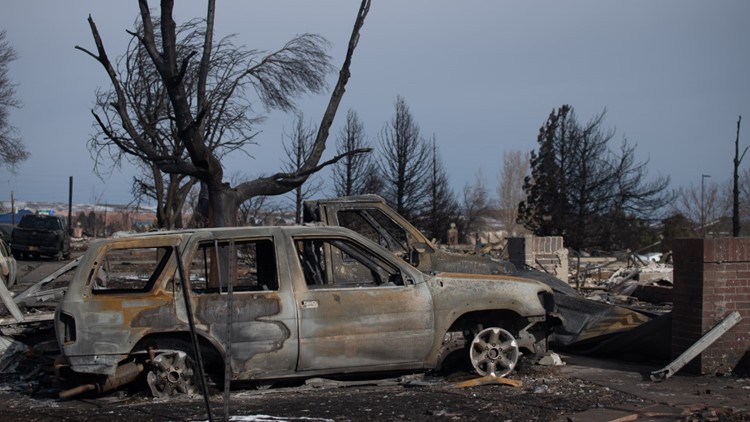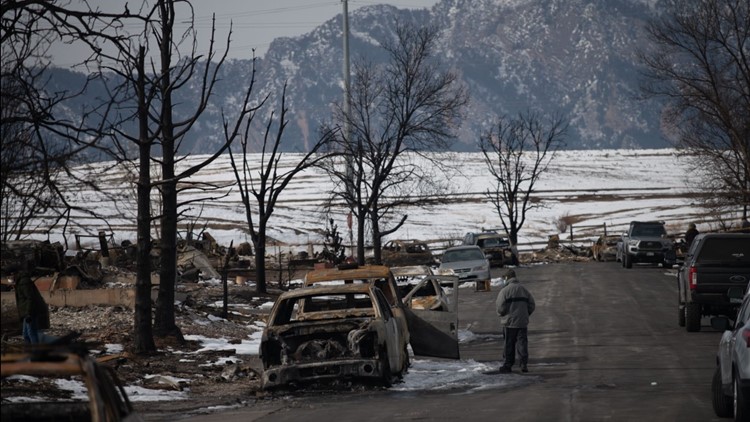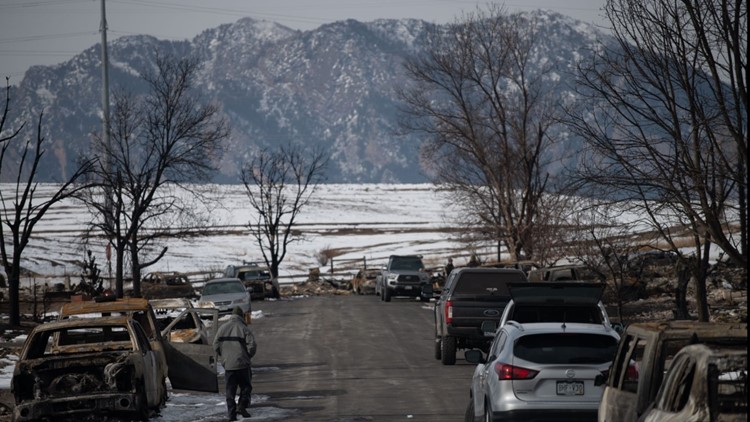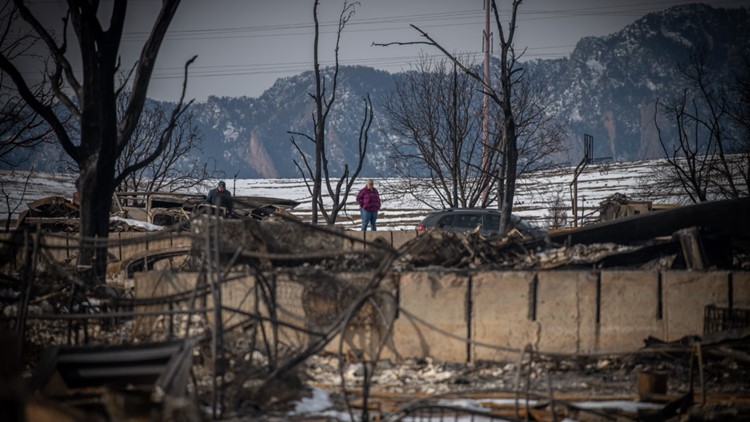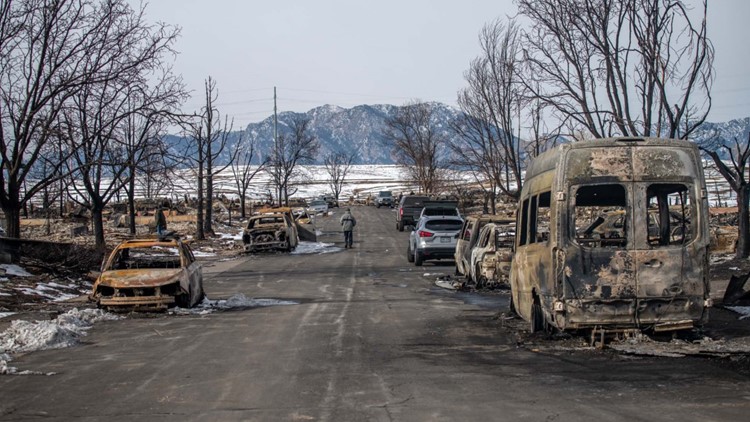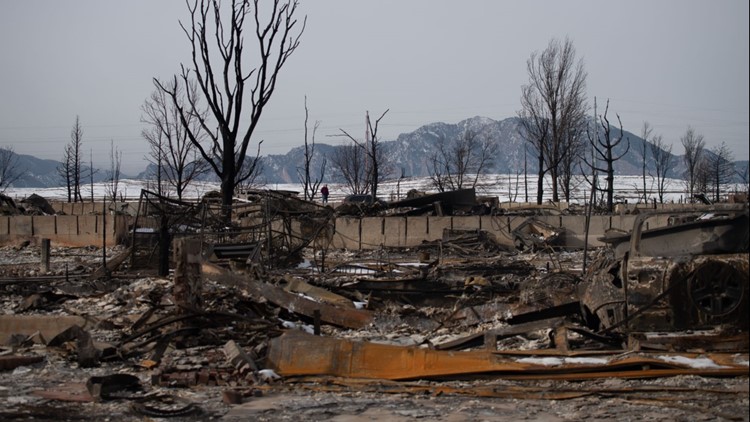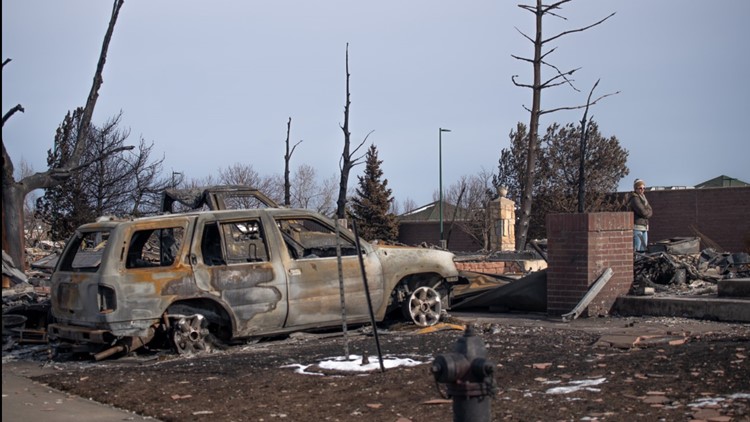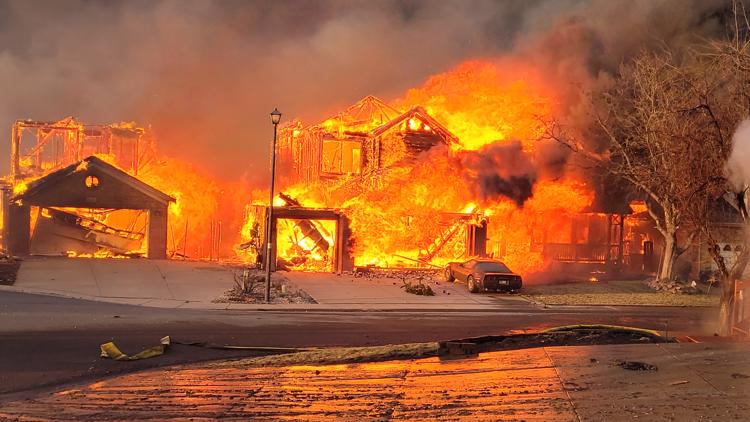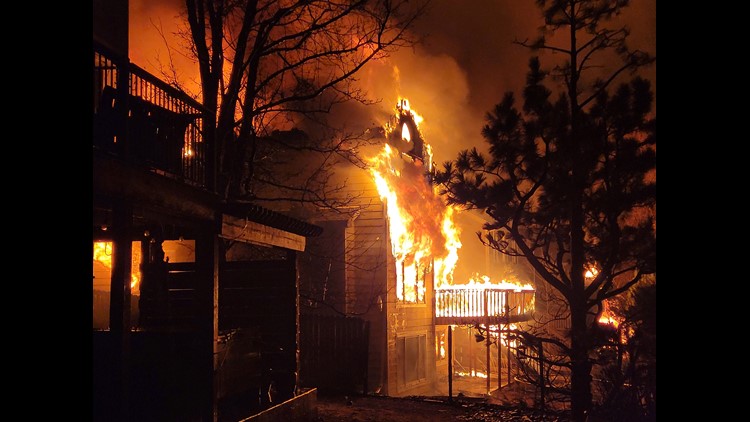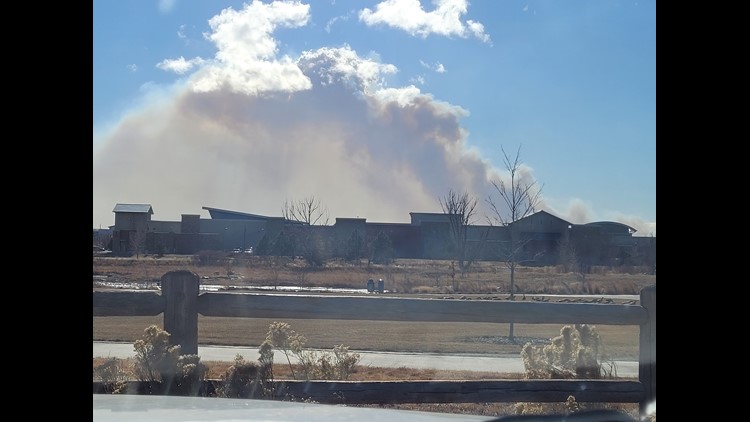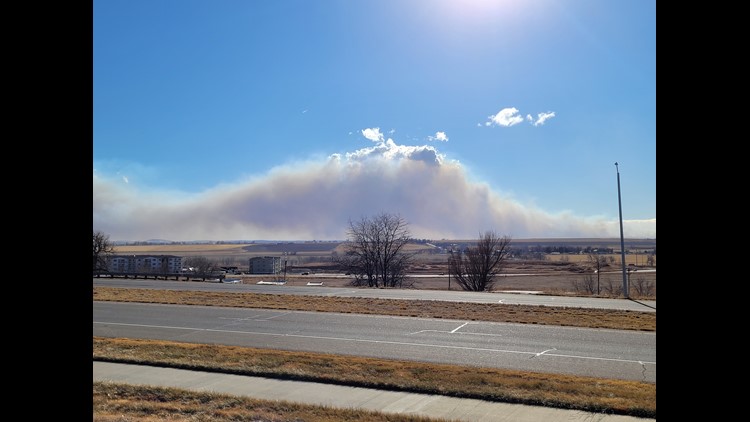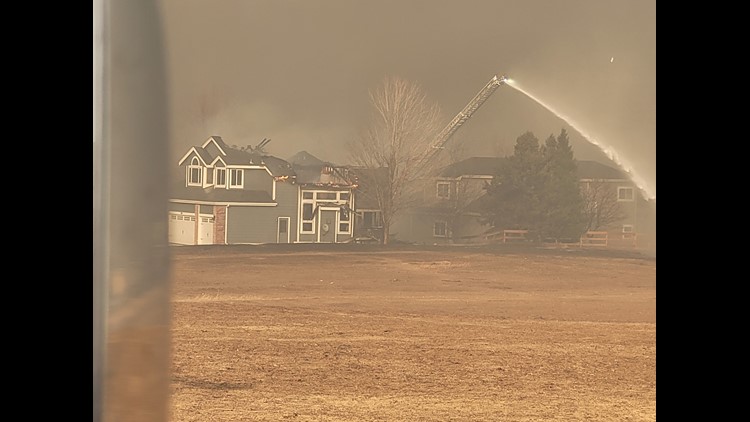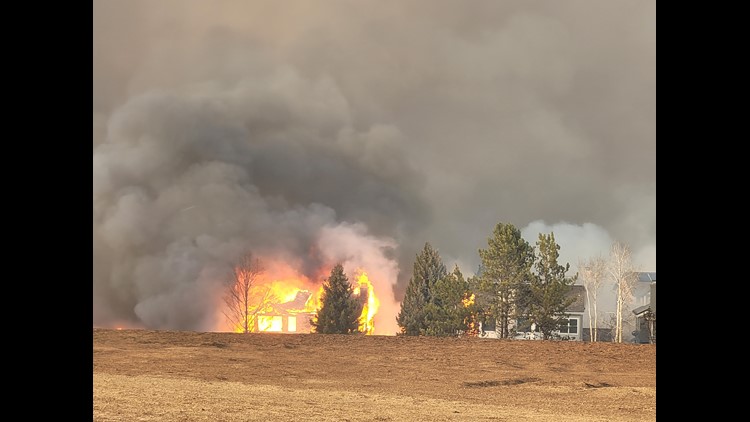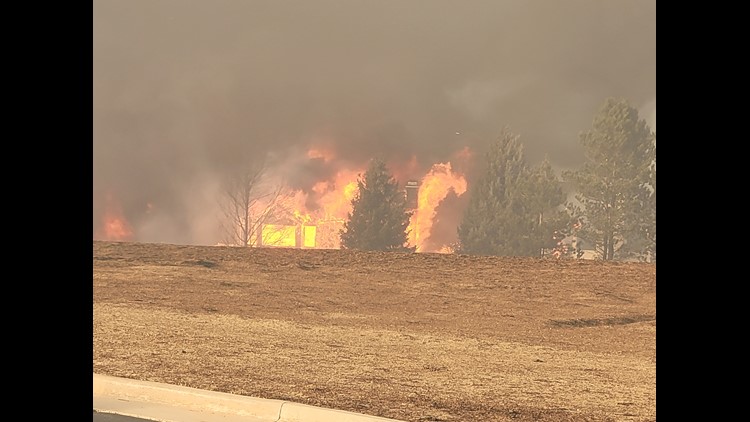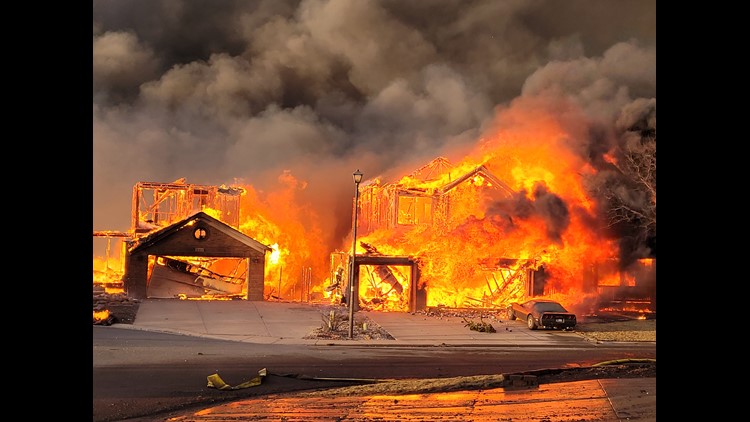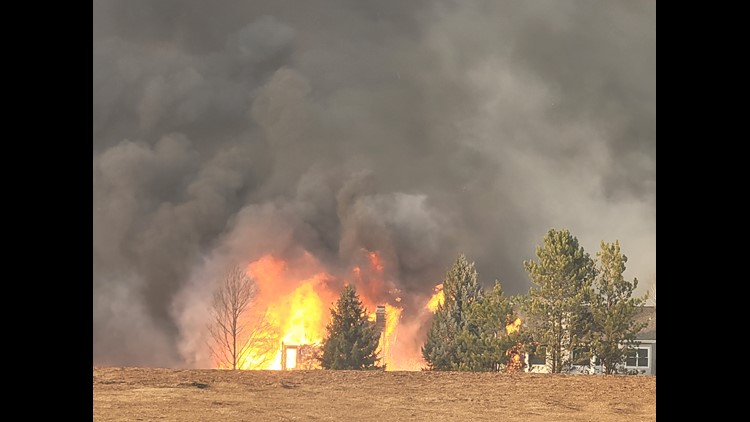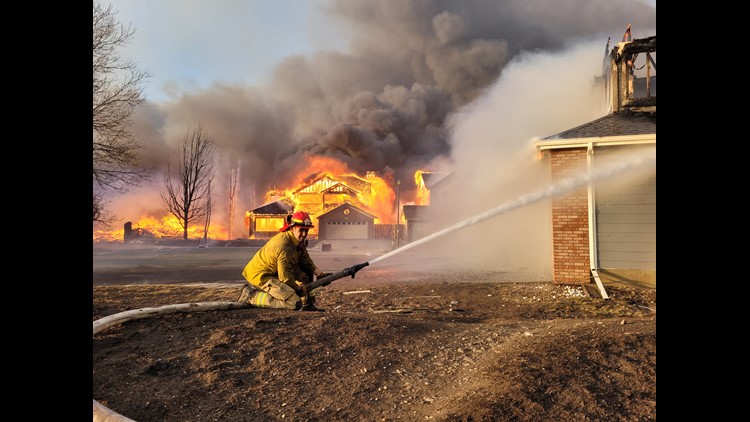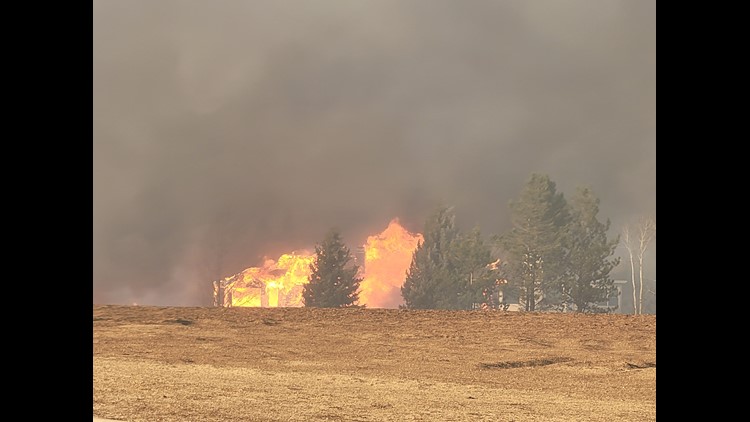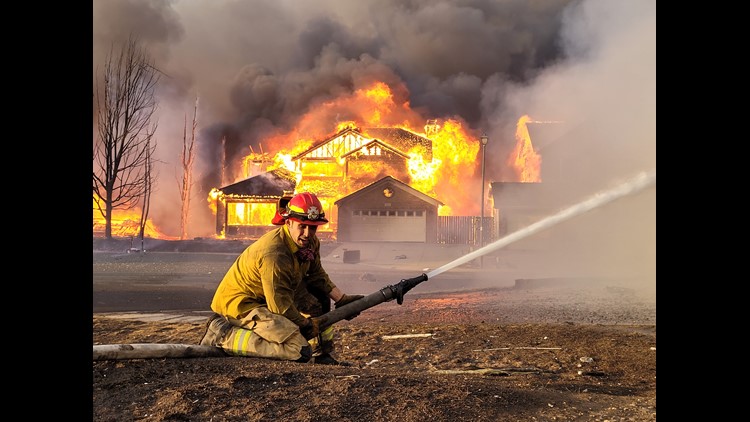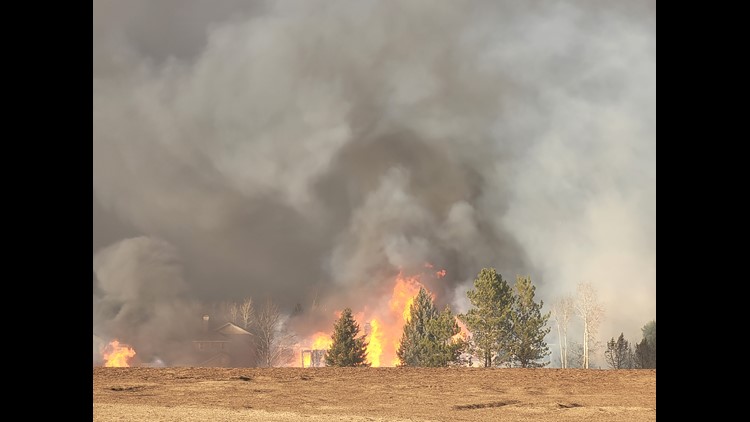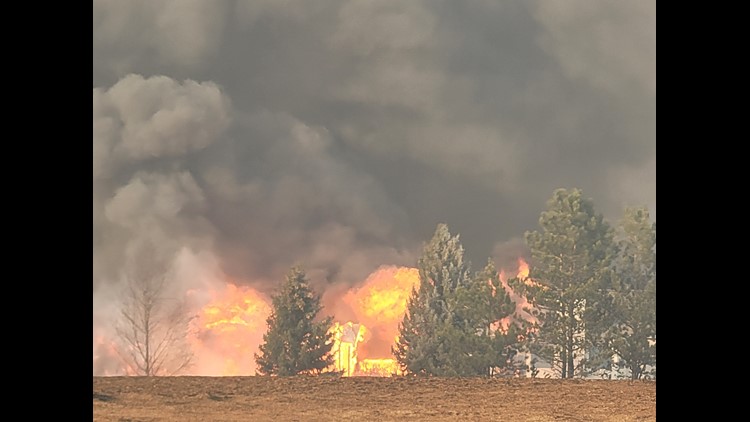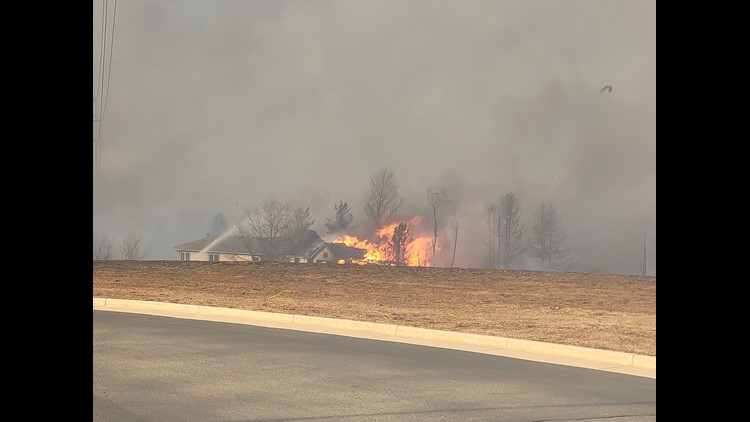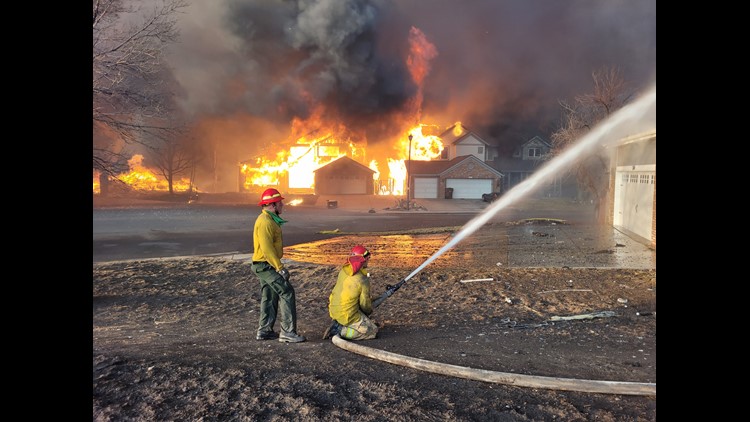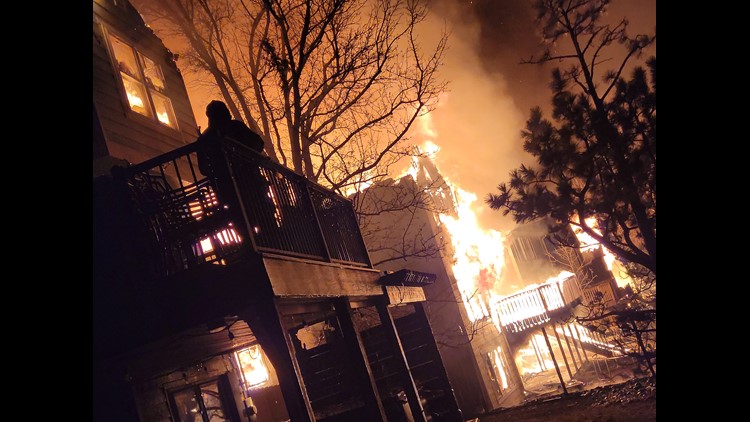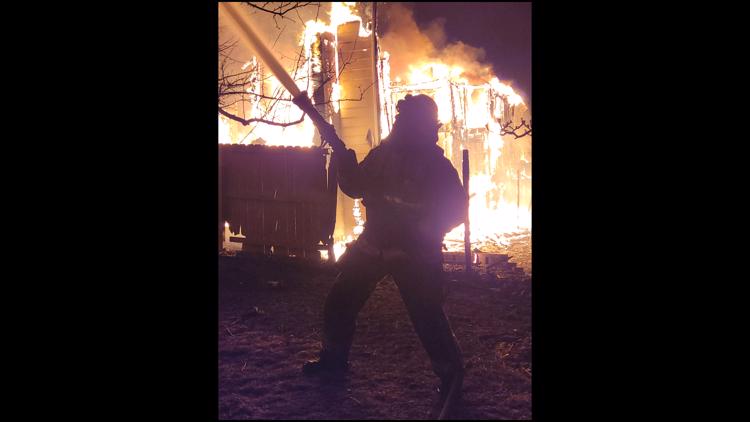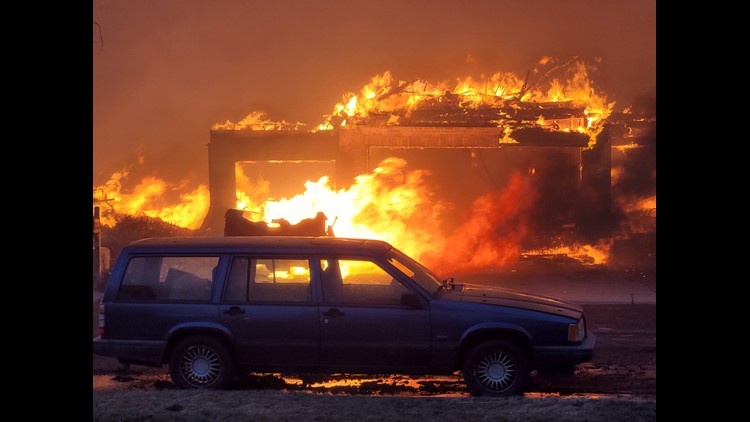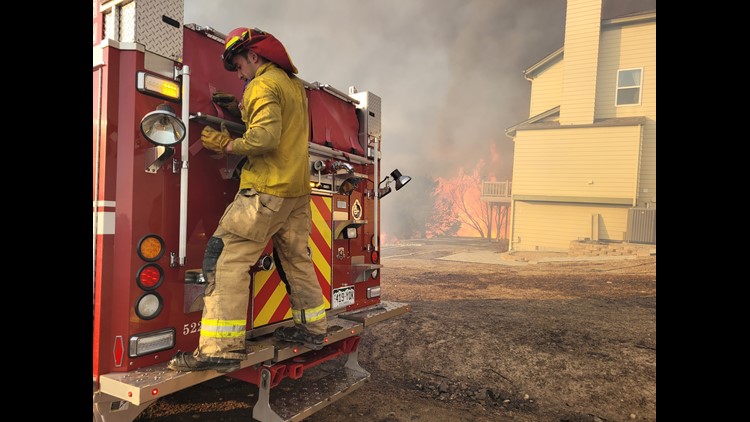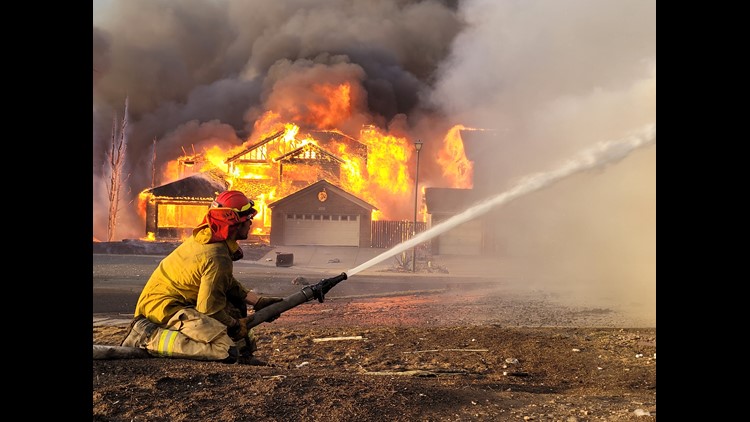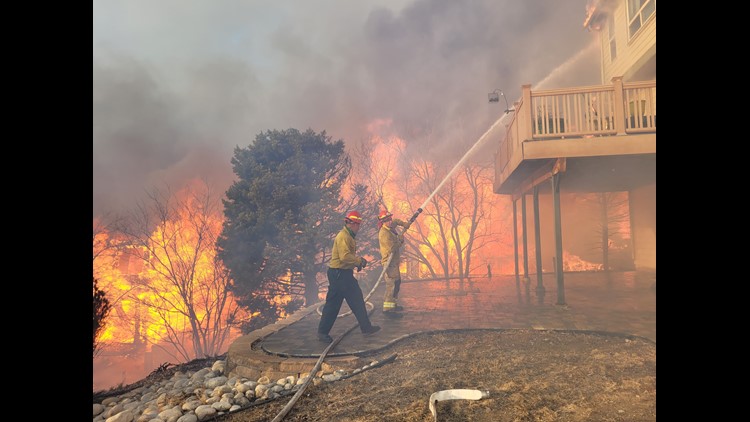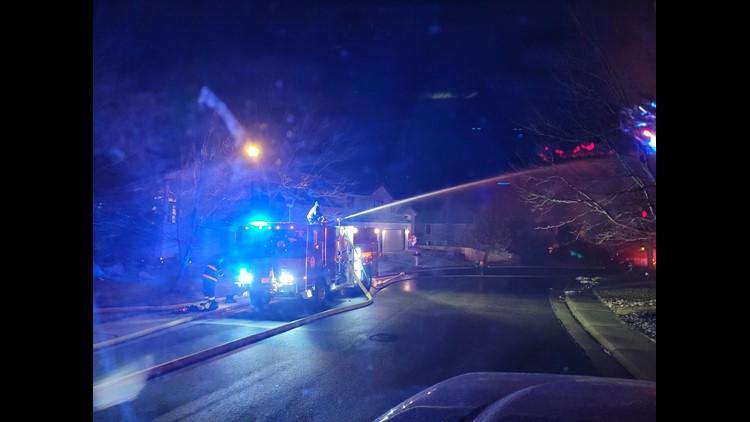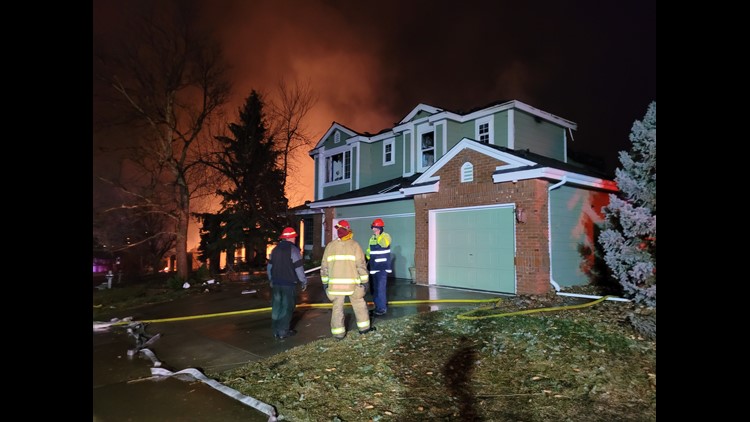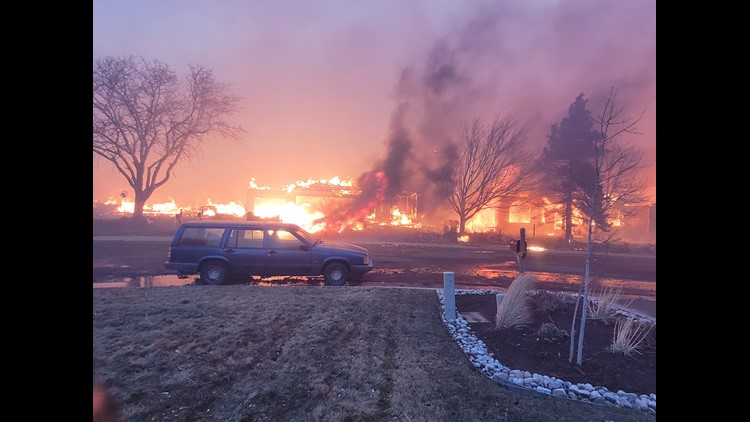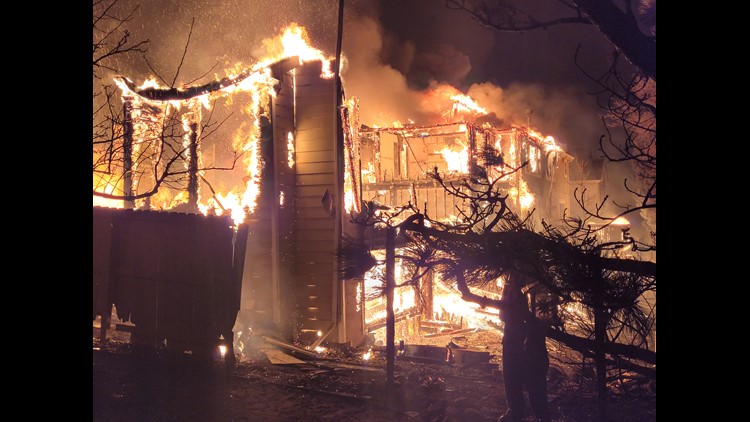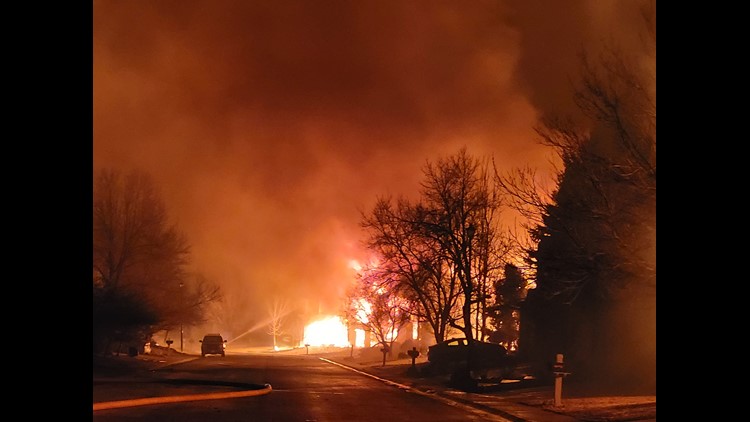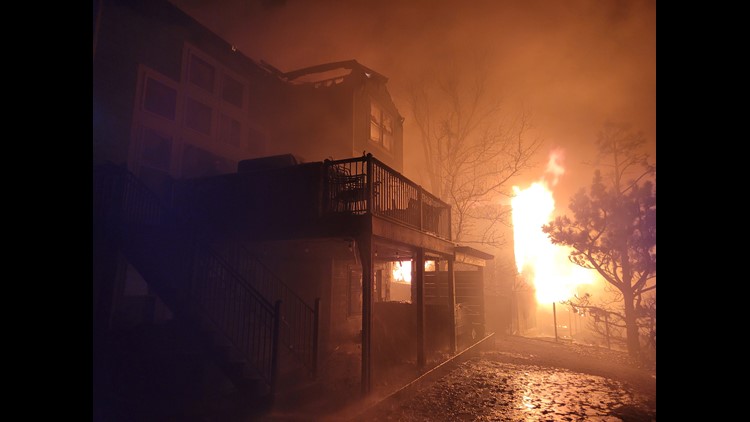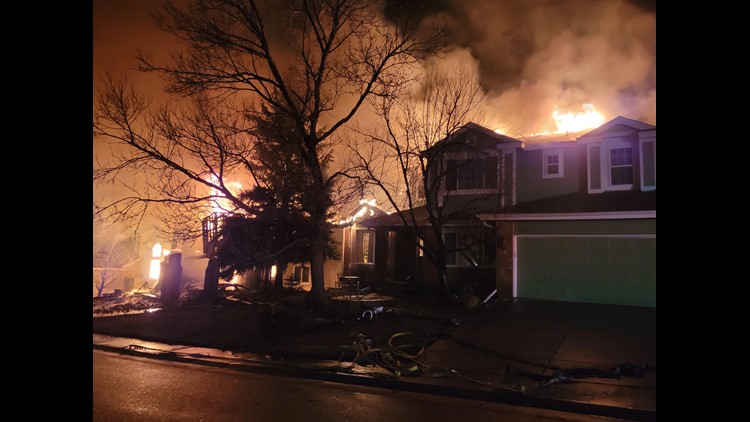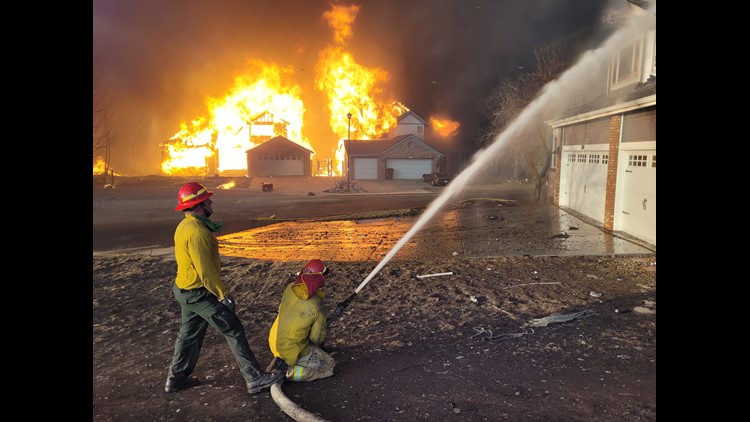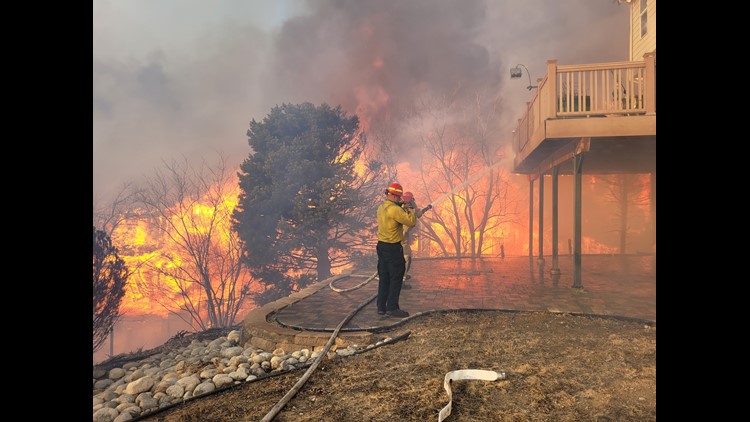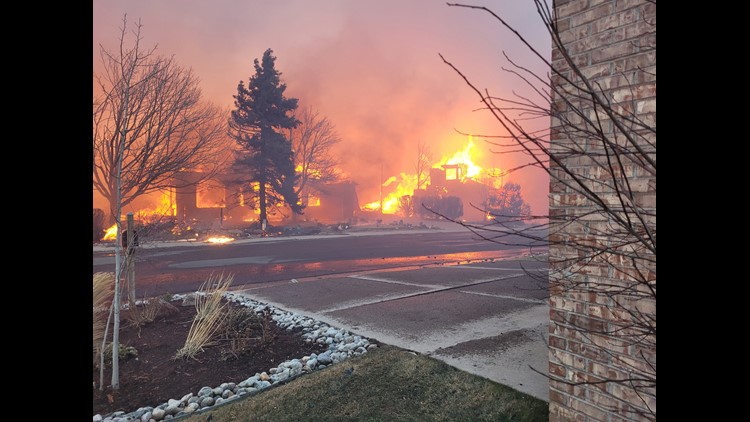BOULDER COUNTY, Colo. — Only one-out-of-five evacuation alerts sent during the Marshall Fire can be confirmed as having been received.
The Boulder County Sheriff's Office released the data of the Everbridge emergency notifications as part of an open records request by 9NEWS.
The week after the Marshall Fire, Boulder County's Office of Emergency Management provided a map and breakdown of the nine evacuation warnings/orders issued from 11:47 a.m. to 2:58 p.m.
There were 24,289 notifications sent to landlines and opted-in cell phones and email addresses. Based on the data provided on Wednesday, Boulder County showed that only 4,637 -- 19% -- were confirmed to have been received on time.
The data provided by Boulder County lists 19,285 -- 79% -- as not having confirmed the message. However, "not confirmed" does not necessarily mean the person reached never received the message.
According to the Boulder County Sheriff's Office, "confirmed" means that the recipient followed the instruction to confirm receipt of the message. For a phone notification, they would need to "press 1," for a text or email, they would need to click on the link to confirm.
One person can receive multiple contacts, if they are signed up to receive alerts on their phone and email. The county tracks "contacts," which is not necessarily the same as "people notified."
The first area to receive an emergency evacuation order was at 11:47 a.m. in the Marshall area, mainly west of Cherryvale Road and north of Marshall Road. The Boulder County Sheriff's Office sent out 215 notifications. The data showed that 54 of those contacts were confirmed. Two were listed as having been "confirmed late," meaning the text link was clicked on after the emergency was over. Four were listed as "unreachable." And 72% (155 contacts) were listed as "not confirmed."

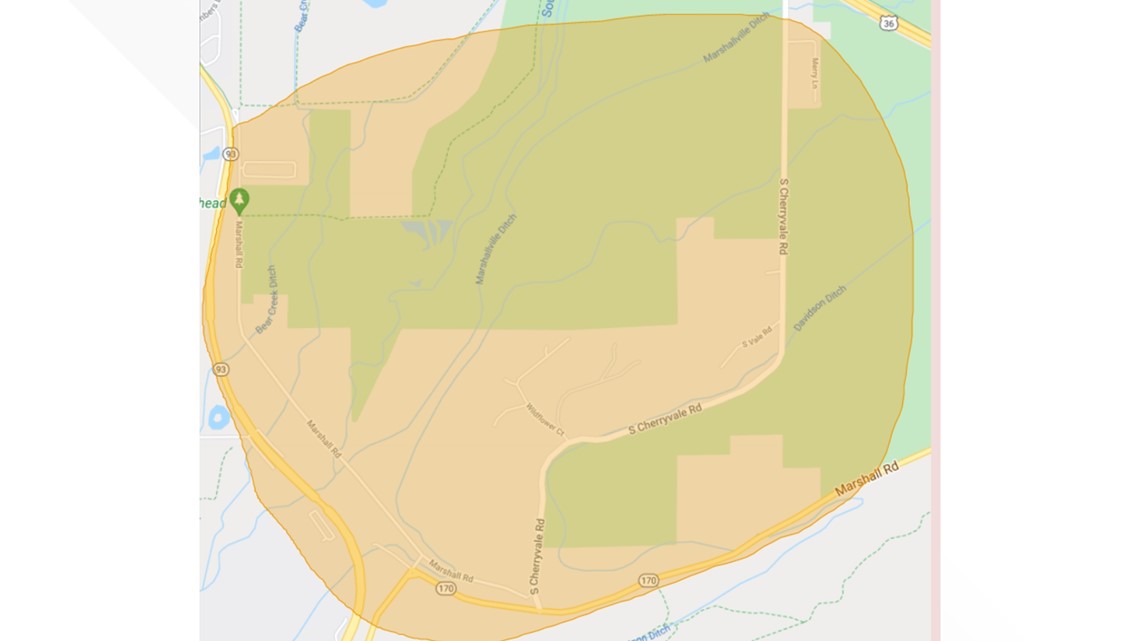
The second evacuation order that alerted Original Town Superior, including the destroyed Sagamore neighborhood, was sent at 12:15 p.m. The county can only confirm 6% of the notifications were received.
The best confirmed success rate was the 1:25 p.m. evacuation order to 276 contacts in Louisville around Harper Lake, east of McCaslin Road and south of South Boulder Road. Nearly half of the contact -- 46% -- were confirmed.
Micki Trost, a spokeswoman for the Colorado Division of Homeland Security confirmed to 9NEWS reporter Steve Staeger that the state's Office of Emergency Management offered to send emergency alerts using the state's Wireless Emergency Alert system. Those are the text messages that get sent to cell phones similar to an Amber Alert. According to Trost, the Boulder Office of Emergency Management declined the offer because they were already using their Everbridge system.
Sagamore neighborhood after Marshall Fire
Mike Chard, the director of Boulder's Office of Emergency Management has repeatedly denied on camera interview requests with 9NEWS. Wednesday evening, he said this in a statement to 9NEWS:
The Marshall fire began at 11:15 and during a check in conversation with the Department of Homeland Security and Emergency Management (DHSEM) at approximately 1:45 p.m. and at the conclusion of a short briefing with DHSEM they offered to assist with sending a WEA if needed. At the time of the offer, evacuation orders and door to door evacuations were well under way. Also at this time 7 of the 9 evacuation orders were already issued. In addition, the practice of integrating the state in active local evacuations had not been exercised or practiced in a real world incident with Boulder. During an evacuation it is important that the operational incident command and the 911 center or alerting center is tied together. It is important to have this tight connectivity to ensure information is correct, clarification opportunities can occur and coordination with field operations occurs as easily and quickly as possible. The state does not have this real time situational awareness and suddenly creating a process to provide it was not possible. In addition, having multiple sources (centers) sending out evacuation orders for the same area can create challenges in maintaining consistency by walking over each other with multiple messages, with different content, incorrect protective actions and inconsistent evacuation areas.
At the time of this offer to assist, the Emergency Operations Center (EOC) staff (Boulder OEM Staff and partner agencies) was working very hard committed fully to activate our Emergency Operations Center to open shelters, provide transportation resources, and sheltering for animals as well as many more capabilities. The capacity to assist in bringing the state into the evacuation process was impractical because of the staffing levels at the time in the EOC and attempting to execute the states offer would reduce the ability to bring critical services online that the EOC provides. The EOC does not issue evacuation orders and this is done in the 911 center. Interrupting their operations under the intense environment created by this fast moving fire and trying to introduce the WEA process from the state at the time it was offered appeared to have multiple challenges and potential undesired impacts.
Very soon the WEA capability will be in place in our 911 center and the WEA will be sent with the Telephone emergency notification system to increase alerting and evacuation capacity from the initial 911 call until necessary.
Longmont firefighter captures images from Marshall Fire
SUGGESTED VIDEOS: Full Episodes of Next with Kyle Clark

